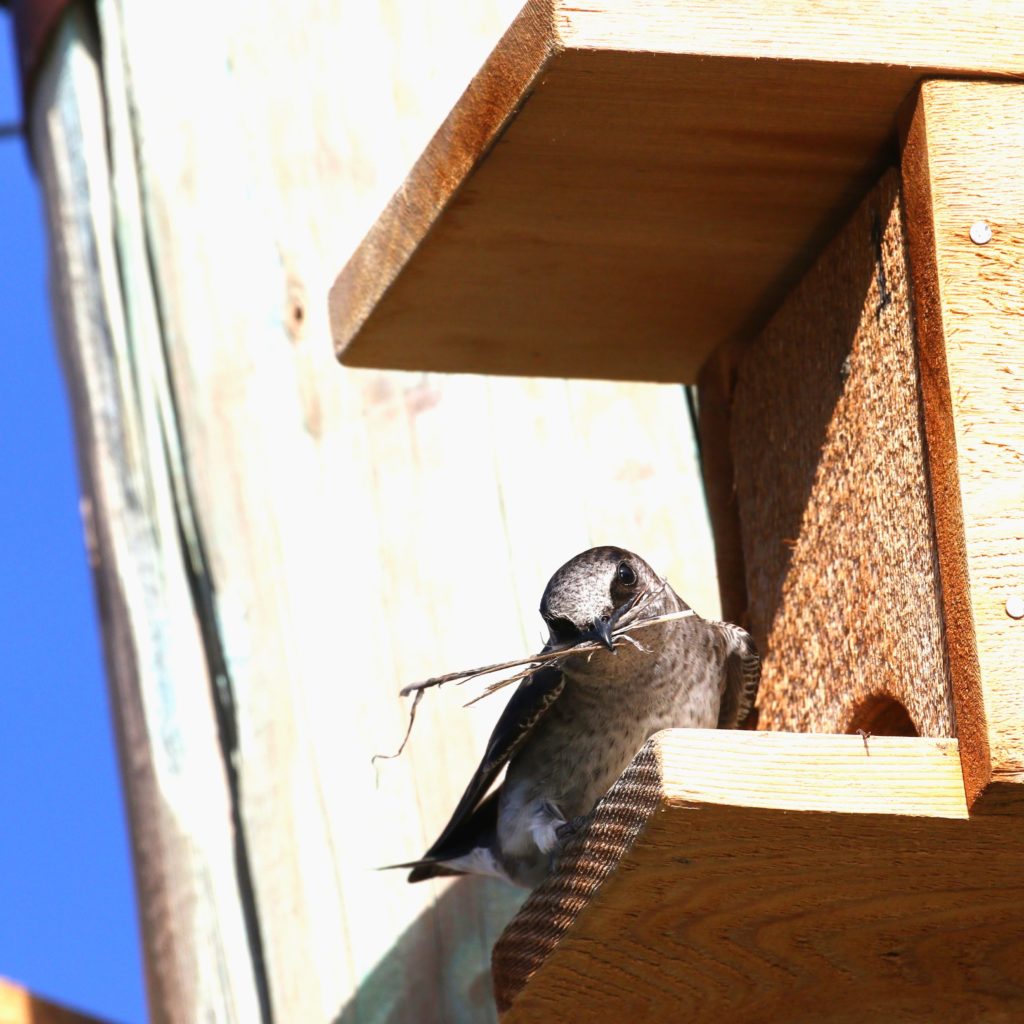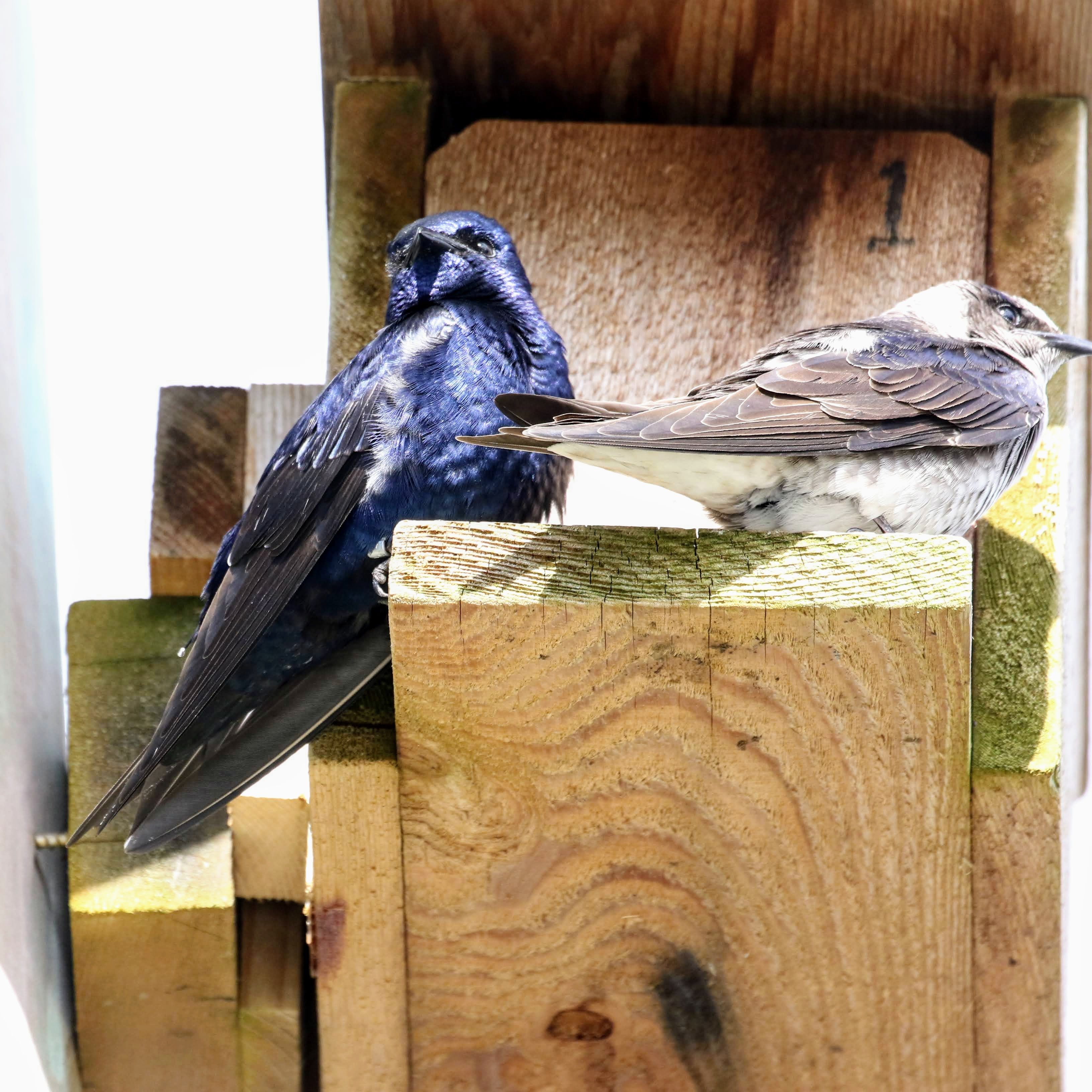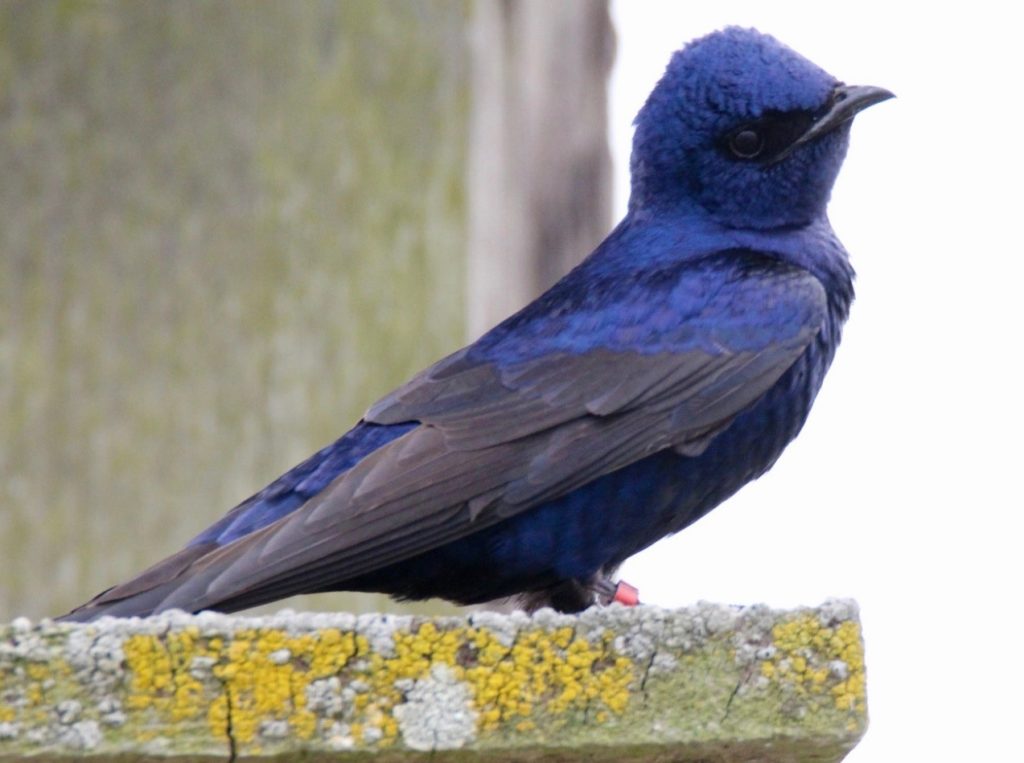By Amber Due, Outreach and Communications Intern
Purple-hued songbirds with tiny backpacks. That’s the level of cuteness that science is creating as researchers track the Purple Martin’s migratory path from McKenzie River Trust’s Waite Ranch property to lands unknown.
Dr. Sarah Rockwell, a Research Biologist at the Klamath Bird Observatory, is one of the lead researchers set on finding out where this mysterious bird ends up during the winter. Beginning in 2020, with support from McKenzie River Trust volunteers, the U.S. Forest Service, U.S. Geological Survey and Purple Martin Conservation Association, Sarah has been strapping Purple Martins up with lightweight GPS backpacks in hopes that they will lead the local scientific community to their unknown winter home.
The “backpack” is actually a leg-loop harness with a very small GPS device attached. The technology for such a small GPS unit was only recently developed. In 2013-2014, the device was first used to study the migratory route of the small Ovenbird (Seiurus aurocapilla) on the east coast with findings published in 2015. This research project in the Siuslaw watershed is the first for Oregon’s Purple Martin populations which are part of the western subspecies. Similar research has been conducted for east coast populations and this project will help to fill in regional data gaps for this migratory species.
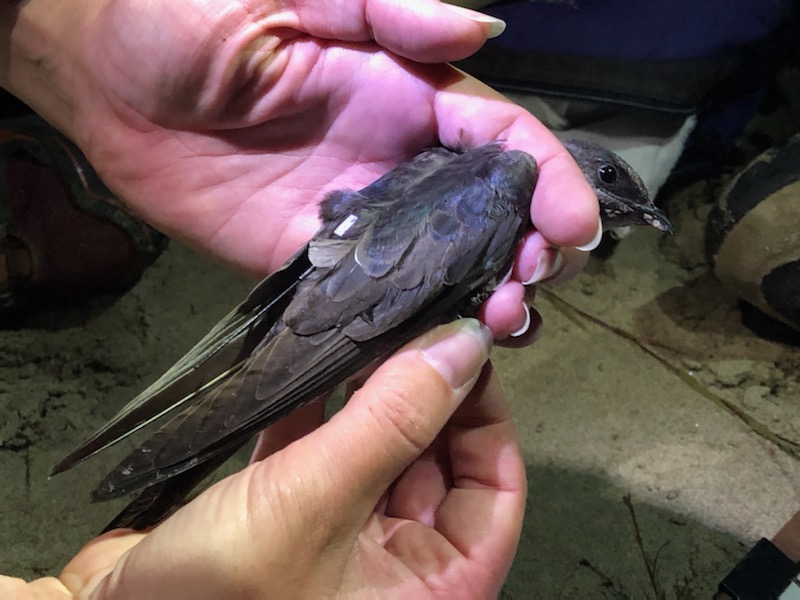
Researchers like Sarah suspect that the western United States subspecies of Purple Martins spend their winters in Brazil based on a small amount of previous data, but they don’t know precisely where. In fact, not much about these feathered friends is known compared to their eastern Purple Martin counterparts. There is currently very little data about where they go, or why their populations might be currently declining. By finding out precisely where they migrate in the winter, conservationists can work across borders to support Purple Martins.
By partnering with organizations in that region, researchers have a higher chance of identifying what might be contributing to population decline and preserving their habitat throughout their migratory range. In recognizing this large gap in the data on Purple Martins, the U.S. Forest Service, U.S. Geological Survey, and Klamath Bird Observatory have partnered to conduct this Purple Martin migration study over the course of 4 years.
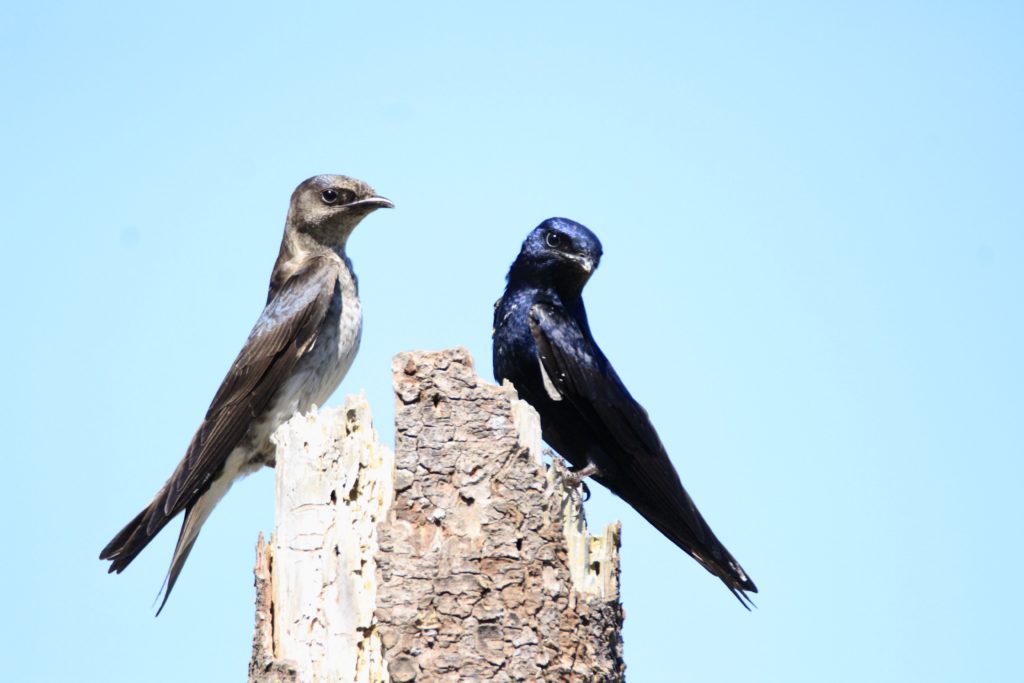
Jim Regali, McKenzie River Trust’s Board President and one of the project volunteers, has been monitoring nesting boxes at Waite Ranch for signs of returning birds, gathering of nesting materials, and feeding of young. When asked about how McKenzie River Trust’s work can broadly help Purple Martins and other migratory birds, Jim remarked, “protecting land and water protects migratory birds. All life, the whole interconnected cycle, depends on habitat preservation.”
Until we have more information about where the Purple Martins are going, the cause of their population decline is only speculation. However, many aerial insectivores such as the Purple Martin have been showing steep population declines in recent years. There is growing concern that the application of pesticides in industrial agriculture may be killing off the food that many birds need to survive. Climate change is also a consideration. Adult insects are triggered to emerge during particular seasonal shifts. With climate change, their emergence timing may be different than it has been in the past. There is concern that insect-eating birds like the Purple Martin’s aren’t adapting quickly enough to this change in insect emergence patterns.
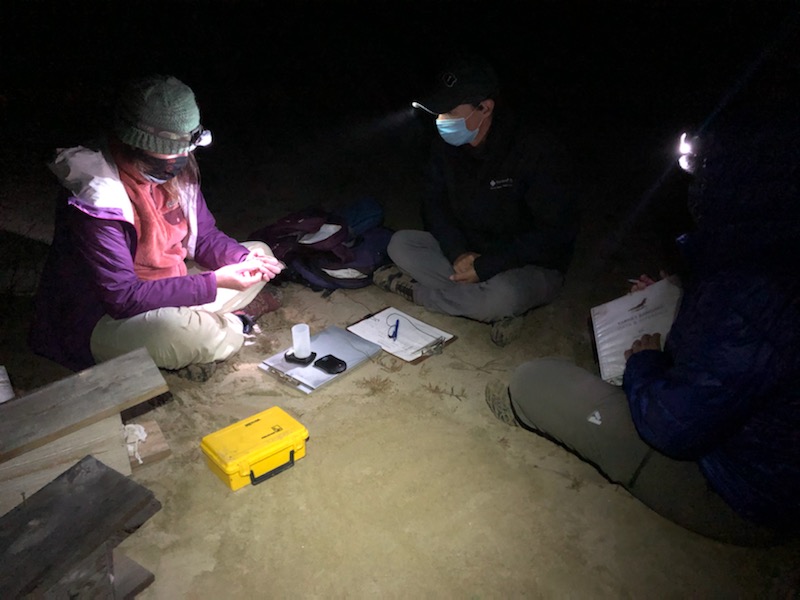
Protecting critical habitats in areas like Waite Ranch allows McKenzie River Trust to partner with the scientific research community. This project is possible through the collaboration of the Klamath Bird Observatory, the Siuslaw National Forest, and the United States Geological Survey, with a special thank you to Joe Metzler, for his critical volunteer leadership in the project.
